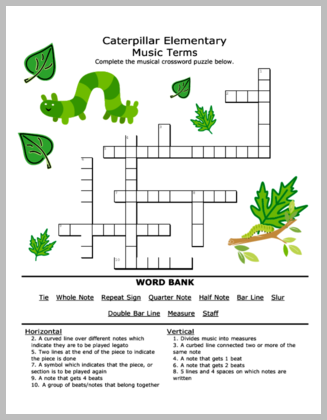 With summer fast approaching many studios are preparing for end-of-school-year recitals. Previously I discussed how teachers can prepare students to perform in recitals (please see “Preparing Your Students for Recitals (Part 1, Part 2, and Part 3 for a refresher). Now it is time to discuss how to behave and what to do (i.e. etiquette) when attending a recital. These tips apply not only to private studio recitals, but to large-scale concerts as well. Recital etiquette can be broken up into three categories: the performer, the audience, and the teacher. Each of these three plays an important role in the success/outcome of each individual performance and also of the recital as a whole. Accordingly, each has a unique responsibility to follow proper recital etiquette.
With summer fast approaching many studios are preparing for end-of-school-year recitals. Previously I discussed how teachers can prepare students to perform in recitals (please see “Preparing Your Students for Recitals (Part 1, Part 2, and Part 3 for a refresher). Now it is time to discuss how to behave and what to do (i.e. etiquette) when attending a recital. These tips apply not only to private studio recitals, but to large-scale concerts as well. Recital etiquette can be broken up into three categories: the performer, the audience, and the teacher. Each of these three plays an important role in the success/outcome of each individual performance and also of the recital as a whole. Accordingly, each has a unique responsibility to follow proper recital etiquette.
Below is part 3 of 3 posts regarding recital etiquette.
(Part 3) The Teacher:
(1) Prepare a brief introduction and closing to welcome and thank your audience. It is always a nice touch to welcome the audience and thank them for coming. This verbal introduction is a great time to remind audience members to turn off cell phones, to clap only after the entire piece is over, and also to praise your student’s efforts in preparing for the event. A warm and kind introduction can set a positive tone for the entire recital. It is also considered good recital etiquette to thank the audience, and provide any additional instructions (such as where to find the refreshments, etc) at the conclusion of the recital.
(2) Be approachable. It is important for teachers to talk to the guests who have come to enjoy the recital (i.e audience members) and thank them for coming. This can be done either as guests are entering the venue or after the recital is over.
(3) Be a good example. Teachers need to “practice what they preach.” For example, it is essential that teachers dress appropriately, arrive ahead of time, and are prepared for the event. Running around and scrambling to finish up last-minute details can often lead to an air of frustration and stress that does not help the performers or audience members enjoy the event. Teachers also need to listen quietly to the performances and NOT be running around in the background dealing with final details or taking care of food, etc. The teacher needs to be sitting quietly, listening attentively, clapping when appropriate, and on-call in case a student needs help.
(4) Pay attention. Most audience members don’t really know when to clap so it’s important for the teacher to pay attention to where the students are in their pieces so they can begin clapping at the appropriate time. Additionally, if a student needs help it will be much easier to provide assistance if the teacher knows what is going on and where a student is in his piece. An attentive teacher is a helpful teacher.
There are many benefits to learning, teaching and applying proper recital etiquette. Teachers can teach proper etiquette to their students during lessons, and especially during preparation for an upcoming recital. Additionally, helpful tips and reminders regarding etiquette can be included in the recital program so that audience members can learn and remember as well. Recital Etiquette is an important social skill that musicians and audiences alike should know and practice. Unfortunately it seems to be frequently neglected at performances these days. However, with time and patience and persistence teachers can provide a positive influence and help build up a community of responsible musicians.
